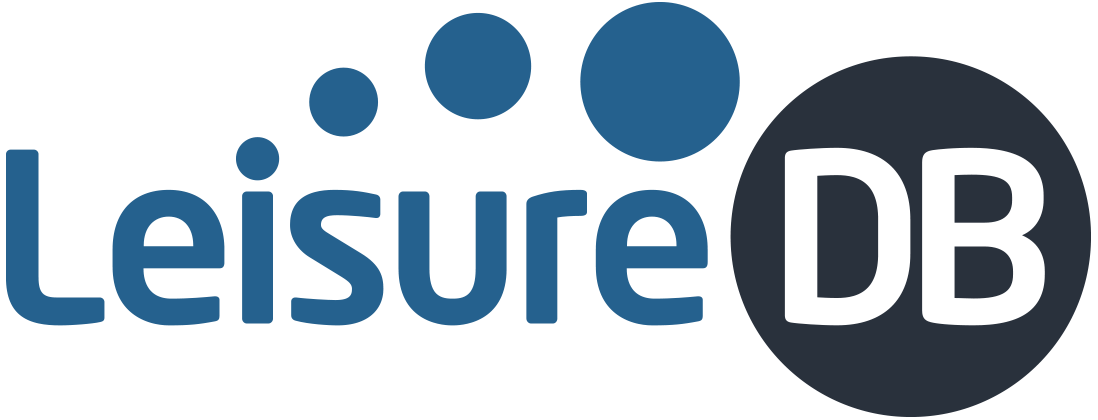RLSS UK launches new lifesaving programme for children with disabilities
Children with disabilities are more likely to drown than their peers
Calls for swimming teachers to upskill to expand the reach of a new initiative
Places Leisure to roll out the new Rookie Rescue Skills programme
The Royal Life Saving Society UK (RLSS UK) has launched a new programme for children with disabilities to make lifesaving education accessible to all.
Launched this week, the new Rookie Rescue Skills teaches vital lifesaving skills to children with disabilities aged six and above, helping them develop water safety awareness and self-rescue techniques.
“Access to swimming is far from equal in the UK, with children with disabilities often facing significant barriers due to their need for specialist support. Tragically, children with disabilities are also more likely to drown than their peers. According to research by Columbia University’s Mailman School of Public Health, children with autism are 160 times more likely to drown than children without disabilities, but water safety education can significantly reduce this risk*.”
The new Rookie Rescue Skills has been created in collaboration with RLSS UK’s strategic partner, Level Water. This new addition to RLSS UK’s popular Rookie Lifeguard programme teaches children how to recognise water dangers, survive in water, summon help, and rescue others safely in a fun, engaging, and inclusive environment.
The new programme has been possible thanks to a generous donation from a lifesaving club that closed during the pandemic. This funding also means that RLSS UK’s 7,800 Rookie Lifeguard Instructors can train to deliver the new programme for FREE via their RLSS UK Account.
RLSS UK is also calling for swimming teachers to upskill to become Rookie Lifeguard Instructors to deliver both the Rookie Lifeguard and Rookie Rescue Skills programmes to help expand the reach of the new initiative and make a real difference in children’s lives.
Places Leisure has already committed to rolling out the new programme.
“We see the joy and benefits that swimming brings at our centres every day. We are continuously working to make more opportunities for people to swim, and educating people on water safety goes hand in hand with this. Through many of our partnerships, including with RLSS UK and Level Water, we work together to make swimming more accessible and safer to all. We are delighted to support the new Rookie Rescue Skills programme within our centres where we already run Rookie Lifeguard courses.”
“It’s so exciting to be working in partnership with RLSS UK to increase the opportunity for young disabled people to learn vital safety and rescue skills. This partnership is the perfect opportunity for young people to show these skills off and increase their love for the water whilst also giving families a chance to feel confident their child is safe in and around water.”
“No child should drown. To achieve this, we must ensure all children have access to water safety education. We’re calling on all swimming teachers to join us in this mission and help make a lasting impact and help everyone enjoy water safely.”
For more information about the Rookie Rescue Skills programme and how to become a Rookie Lifeguard Instructor, visit www.rlss.org.uk/rookie-rescue-skills
*Autism & Safety Facts – National Autism Association.
Study that finds children with autism are 160 times more likely to drown:Guan, J. and Li, Guohua. (2017) ‘Injury Mortality in Individuals with Autism’, American Journal of Public Health, vol. 107, no. 5, pp. 791-793.Study that finds teaching water safety awareness benefits children with autism:Pullen, M., Neely, L., Kirkpatrick, M. et al. (2024) ‘Teaching Pool Side Safety Skills to Decrease Elopement-Related Incidents for Children with ASD’, Journal of Developmental and Physical Disabilities vol. 36, no. 6, pp. 1055-1068.


